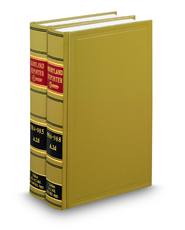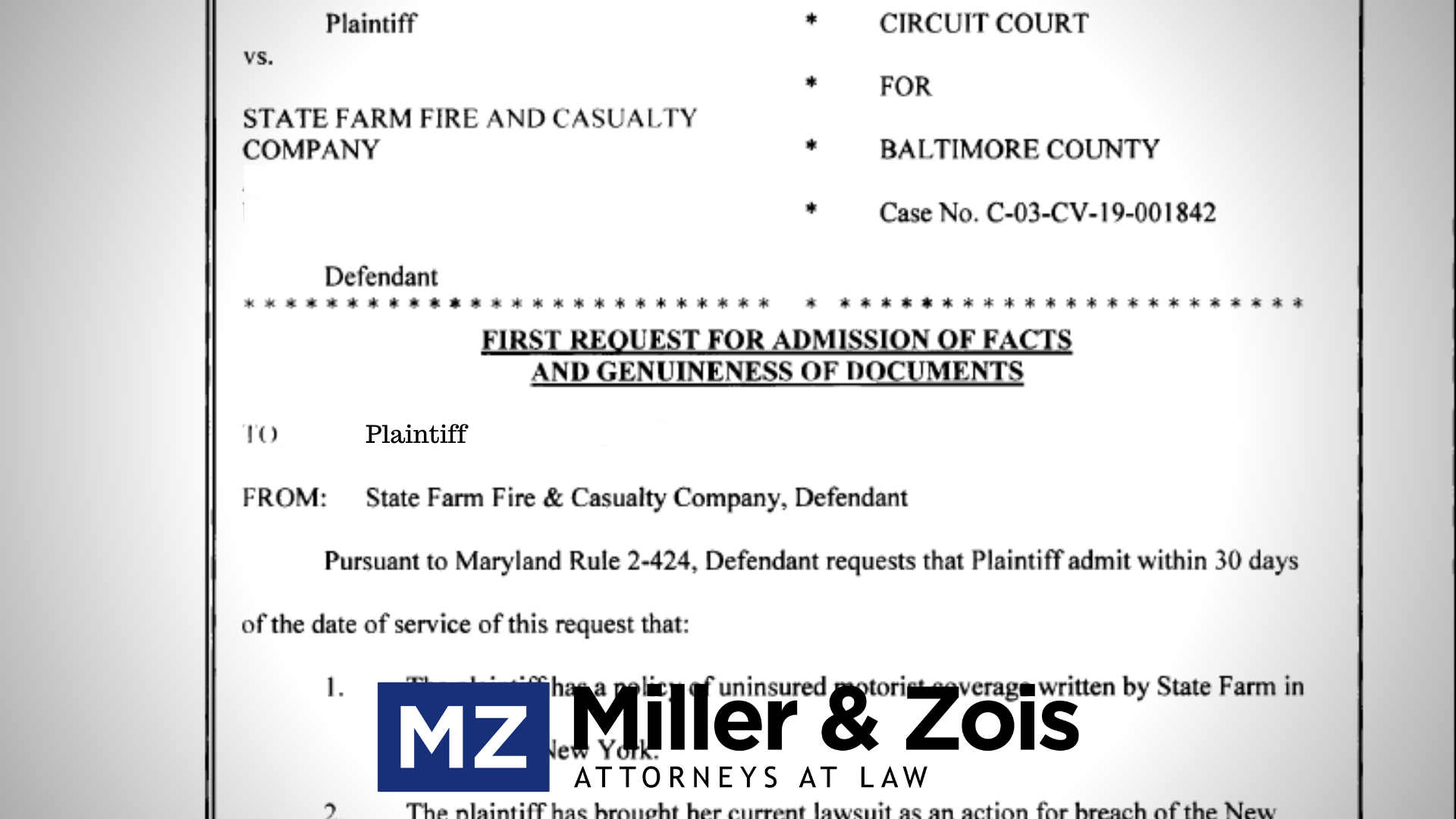Last week, the Baltimore City Department of Transportation announced that it is pushing its chips to the center of the table when it comes to speed and red light cameras.
Baltimore has a program called the City’s Automated Traffic Violation Enforcement System (ATVES). Not so much to me because I’ve seen too many people’s lives ruined by speed and running red lights, but ATVES sounds very Orwellian to many Baltimore City drivers. ATVES is in charge of the automated speed trap and red light enforcement cameras in Baltimore City.
ATVES also does something that troubles people less, particularly those who have seen truck accident statistics in this country. It has a Commercial Vehicle Height Monitoring System Camera Program to enforce violations of commercial vehicles traveling on truck restricted roadways in Baltimore City. We got a million dollar verdict in a case a few years back in no small measure because the jury was annoyed that the truck was in a place that it clearly should not have been. This system definitely uses some bring brother technology, using the truck’s height to determine whether the vehicle is over ¾ of a ton).
 Baltimore Injury Lawyer Blog
Baltimore Injury Lawyer Blog


 Anybody who has seen the fantastic HBO series The Wire knows that the Baltimore Police have more than enough to do. Even with the recent drop in Baltimore’s murder rate, our police are still very busy. The problem is not that they are offended by a subpoena.
Anybody who has seen the fantastic HBO series The Wire knows that the Baltimore Police have more than enough to do. Even with the recent drop in Baltimore’s murder rate, our police are still very busy. The problem is not that they are offended by a subpoena.